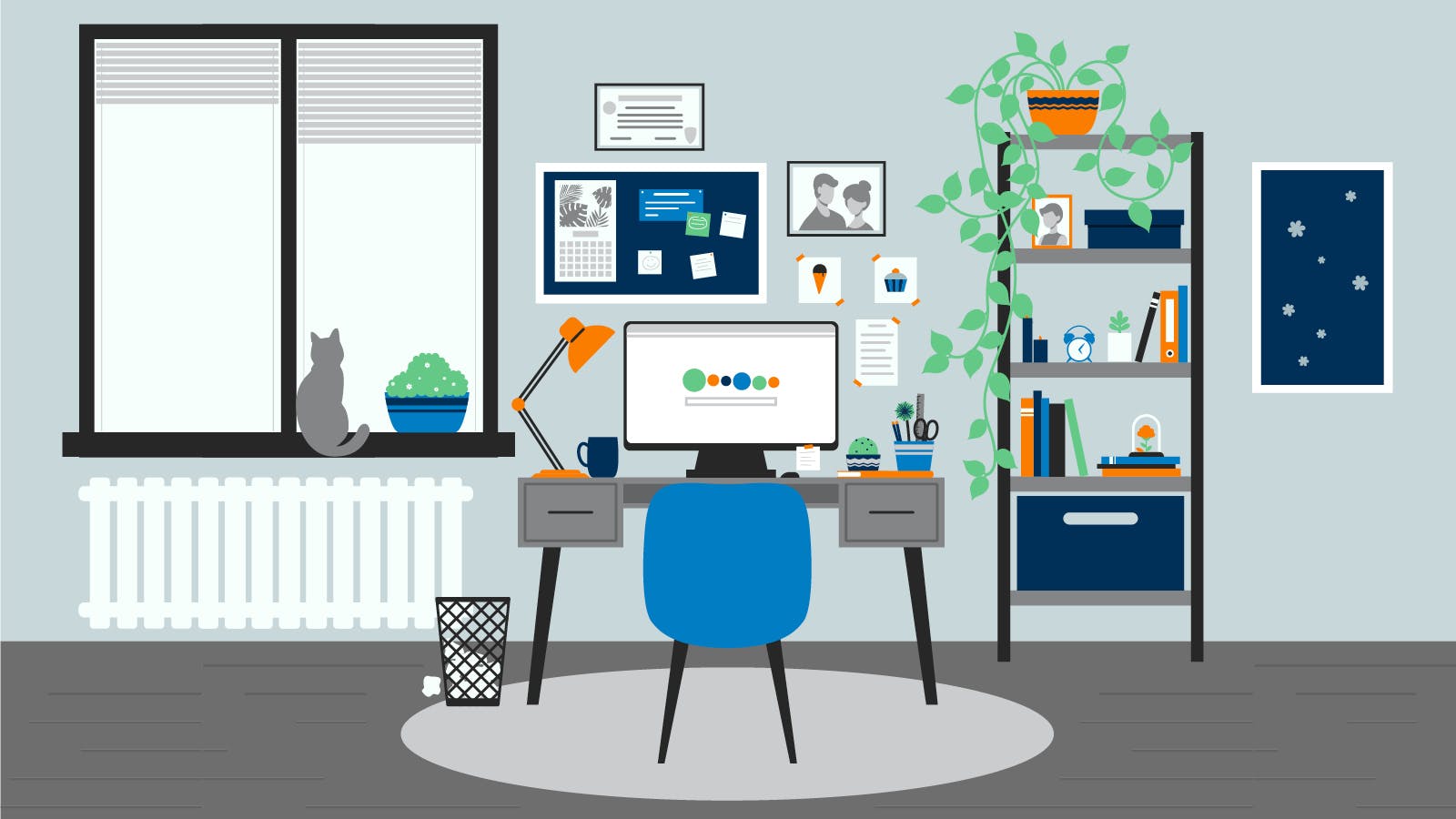

It’s no secret that post-COVID, school looks a little different. Some students have remained online full-time. Others are back to in-person classes. But either way, everyone has homework.
And as it turns out, a designated space for after-school assignments can help promote healthy study habits, keep kids on track, and cut down on distractions. Plus, if your kid actually likes their dedicated study space? Maybe you wouldn’t have to ask a dozen times if their homework is done.
So, we’re revisiting some of the top tips for creating a beautiful and functional homework space. While the ideal setting differs from child to child, there are a few tried-and-true steps you can take.
Here’s how to create a space that feels comfortable and personalized, limits distractions, and promotes learning all year round.
Every kid is different! Yours included. That means that what works for one child may not for another.
There are a few key factors you’ll want to keep in mind when first conceiving the homework space:
Start by ensuring your design is age appropriate. Preschoolers and high school seniors are sure to have different needs and preferences.
For example, younger children might need smaller furniture and easy access to supplies. Older children, on the other hand, might just build their base around any old outlet.
Whatever the case in your home, don’t forget to take age into account.
In the same vein, some students will prefer the solitude of their bedroom while others might thrive sharing an office space with you.
You know your kids best. What would they prefer? Think on it, perhaps even poll the family, and do what you can to accommodate.
Finally, it’s no secret that each child learns a little differently. Maybe one quietly studies textbooks while another listens to educational videos. Maybe another needs to dance or play-act to digest information!
This is why it’s critical to keep learning style in mind when deciding the location, size, and scope of the homework space.
It’s always tempting to work from bed. But a cushy mattress won’t be the best homework home base. And not only because your child might drift off during an assignment. Working from bed can also negatively impact sleep quality, productivity, mood, and more.
What you’re looking for instead is ergonomics. This applied science is the study of efficiency, safety, and comfort in a given space. An ergonomic homework space will not only keep your child comfortable, but it will also help prevent eye strain, back pain, and more.
To create an ergonomic homework space, consider:
Lighting also plays an important part in the comfort and functionality of a space. After all, poor lighting has been linked to eyestrain, headaches, and fatigue.
A few ideas for lighting might include:
Keep in mind that lighting isn’t static, either. The time of day or year can have a huge effect. So, it might be a good idea to mix and match a few of these different options.
Once the basics are in place, it’s time to start stocking the homework space!
You’ll definitely want to take the child’s age and specific needs into account. But there may also be some basic items you can purchase right off the bat.
For younger kids, consider:
Older kids, on the other hand, might want:
When in doubt, chat with your child’s teacher. They’ll have valuable insight on what kind of homework projects you can expect, and which supplies are must-haves.
Now, perhaps the most important part. The personal touches. There are a few different ways you could go about decorating. Our top three picks are color, art, and special interests.

Homework spaces don’t have to be dull and boring. There are plenty of opportunities to mix in a favorite color or two.
Consider adding a splash of color with:
Don’t just leave the walls blank! After all, no interior space is complete without a little art.
A few ideas include:
Does your kid love superheroes or horses? Graphic novels or the great outdoors? Don’t be afraid to incorporate their hobbies and interests. After all, kids are far more likely to spend time in a space that they enjoy and appreciate.
So, what’ll it be? A spot at the dining room table, an entire homework room, or something in between? Whatever your family decides feels right, prioritizing schoolwork at home can make all the difference.
And with just a handful of supplies and some personalization, studying just might become a favorite pastime this year!